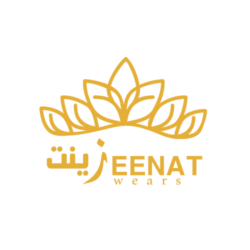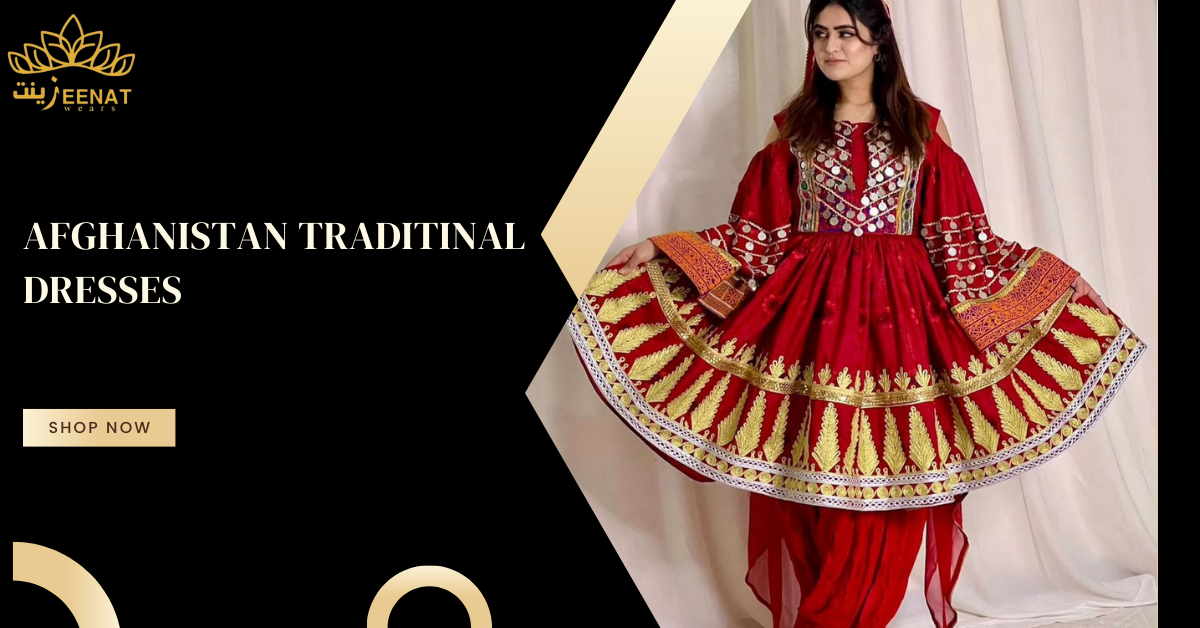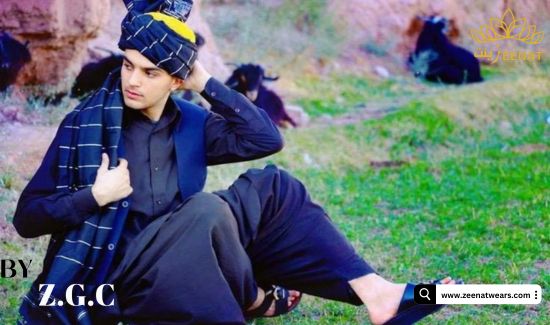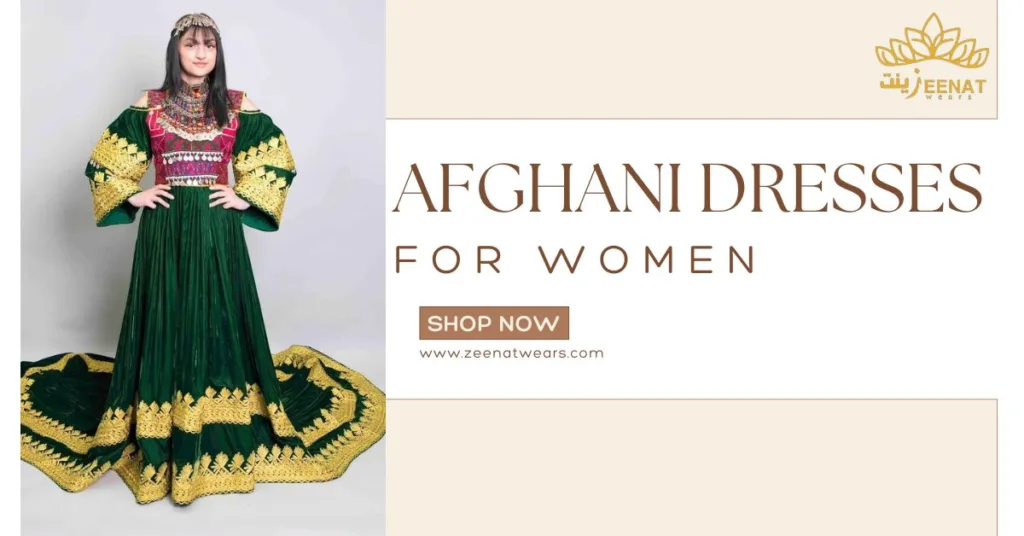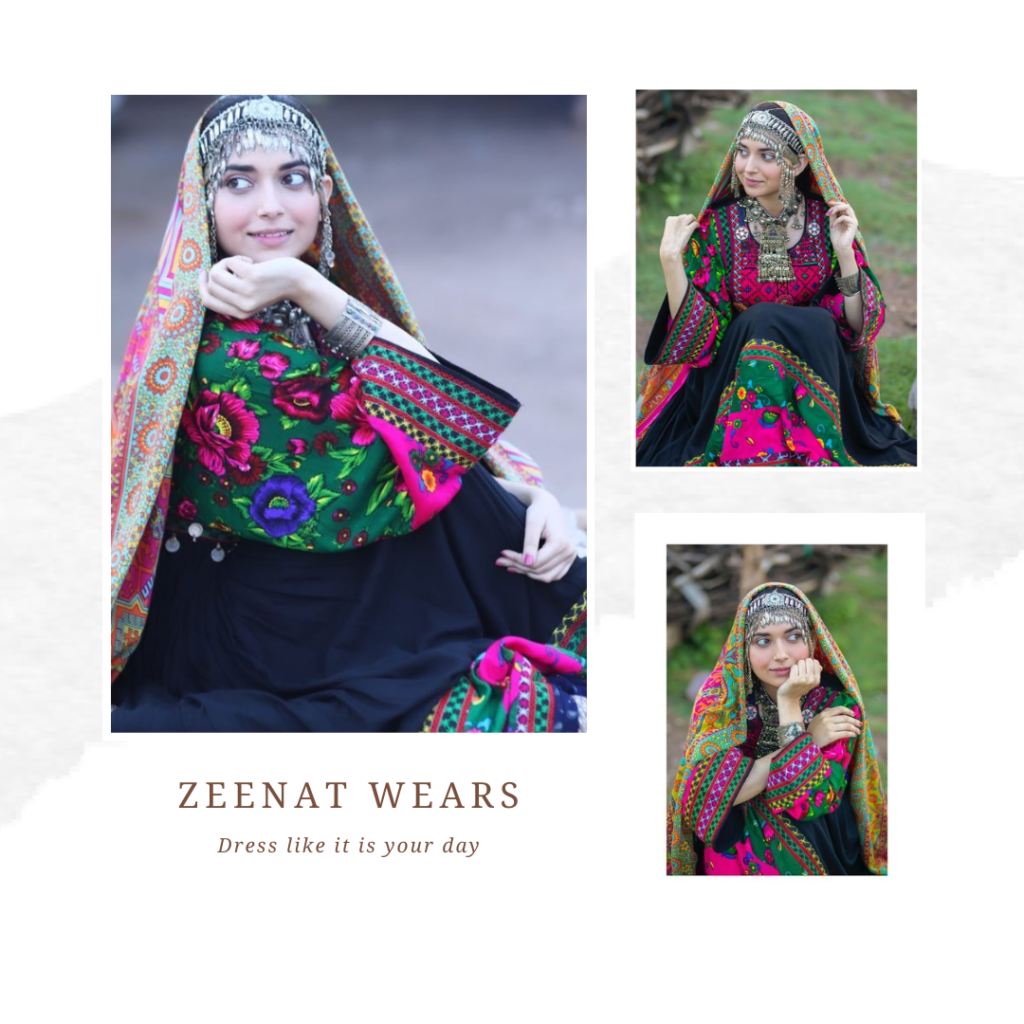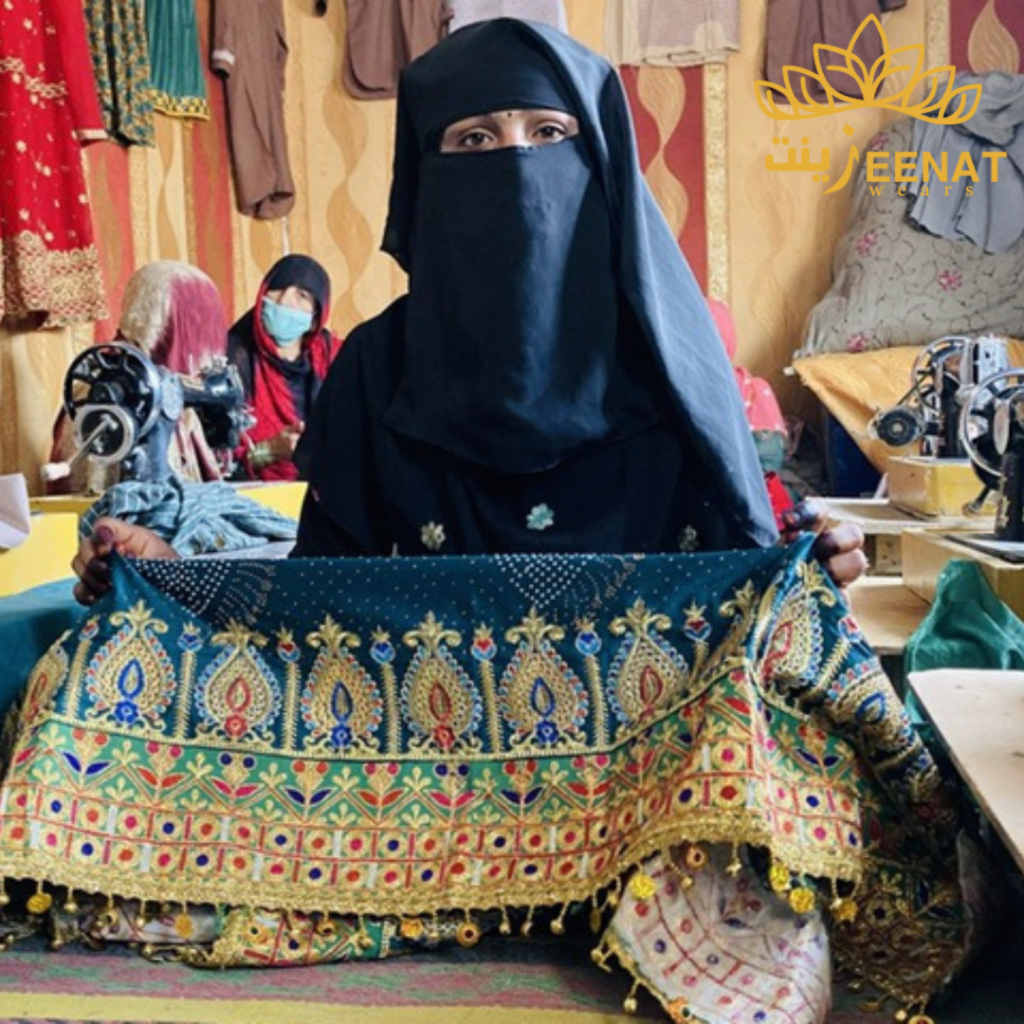Afghanistan traditional dresses is rich in history and culture, with a broad range of traditional clothing that represents these influences as well as the country’s many cultural groups. In this blog, we explore the meaning, styles, and narratives of traditional Afghan clothing, delving into their colorful and enchanting universe.
A Kaleidoscope of Cultures
Afghanistan traditional dresses is rich in history and culture, with a broad range of traditional clothing that represents these influences as well as the country’s many cultural groups. In this blog, we explore the meaning, styles, and narratives of traditional Afghan clothing, delving into their colorful and enchanting universe. reflects the country’s ethnic variety. Every ethnic group in Afghanistan, including the Pashtun, Tajik, Hazara, Uzbek, and others, has a unique style that adds to the country’s rich cultural tapestry. These clothes are more than just articles of apparel; they are markers of pride, heritage, and identity.
The Pashtun Clothes: Classic Style
The ‘Perahan Tunban,’ a long shirt that falls below the knees worn with baggy pants, is the typical Pashtun outfit for men. An appropriate ‘waistcoat’ and ‘pakol’ (a woolen hat) usually complete the ensemble. Ladies dress in the “Firaq Partug,” which consists of a long dress and baggy pants. These dresses are unique due to their vivid colors, detailed needlework, and sparkling embellishments.
Pashtun Culture
The Tajik Ensemble: Refined Grace
The ‘Chapan,’ a long coat typically made of silk or velvet worn over a shirt and pants, is part of the traditional Tajik attire for men. The ‘Joma,’ or women’s clothing, is a long dress typically made of silk or other high-quality material and embellished with intricate embroidery. It may also include a headscarf known as a ‘Rumi.’
Tajikistani Culture
The Hazara Clothes: A Blend of Traditions
Hazaras, who are distinguished by their characteristically Mongolian looks, frequently don traditional clothing with elements of Central Asian, Persian, and Mongolian culture. Men usually don the “Perahan-o-Tunban,” while women dress in the “Kameez” with wide-legged pants known as “Gharara,” which give the impression of flowing. These clothes frequently include vivid colors and detailed needlework.
Hazara Culture
The Uzbek Clothes: A Hint of Glamour
Traditionally, Uzbek men dress in a long, flowing silk or cotton robe called a “Khalat,” which is typically embroidered with geometric designs. Ladies wear dresses known as “Khan Atlases,” which are constructed of a unique kind of silk fabric with eye-catching ikat patterns. Uzbek clothing stands out due to its vivid colors and striking patterns.
Uzbek Culture
The Art of Embroidery: Handcrafted Heritage
A big part of Afghanistan traditional dresses is rich in history and culture, with a broad range of traditional clothing that represents these influences as well as the country’s many cultural groups. In this blog, we explore the meaning, styles, and narratives of traditional Afghan clothing, delving into their colorful and enchanting universe. is embroidery. Every stitch has a story to tell, and patterns are frequently handed down through the years. The ‘Khamak’ stitching style, which is exclusive to Afghanistan and involves fine, intricate patterns that can take weeks or even months to complete, is often used to embellish Chapan and Perahan Tunban.
Afghani Culture
The Role of Traditional Dresses in Modern Afghanistan
Modern clothing is prevalent in cities, yet Afghanistan traditional dresses is still an essential component of social and cultural occasions like weddings, festivals, and national holidays. These clothes honor and maintain Afghanistan’s rich cultural legacy while providing a link to the past.
Modern Afghani Dress
Conclusion
Afghan traditional dresses are more than just clothing; they are a vibrant expression of the country’s rich cultural heritage and ethnic diversity. Each stitch, color, and design element reflects the history and identity of its people. As Afghanistan continues to navigate the complexities of the modern world, its traditional attire remains a proud symbol of its enduring culture.
